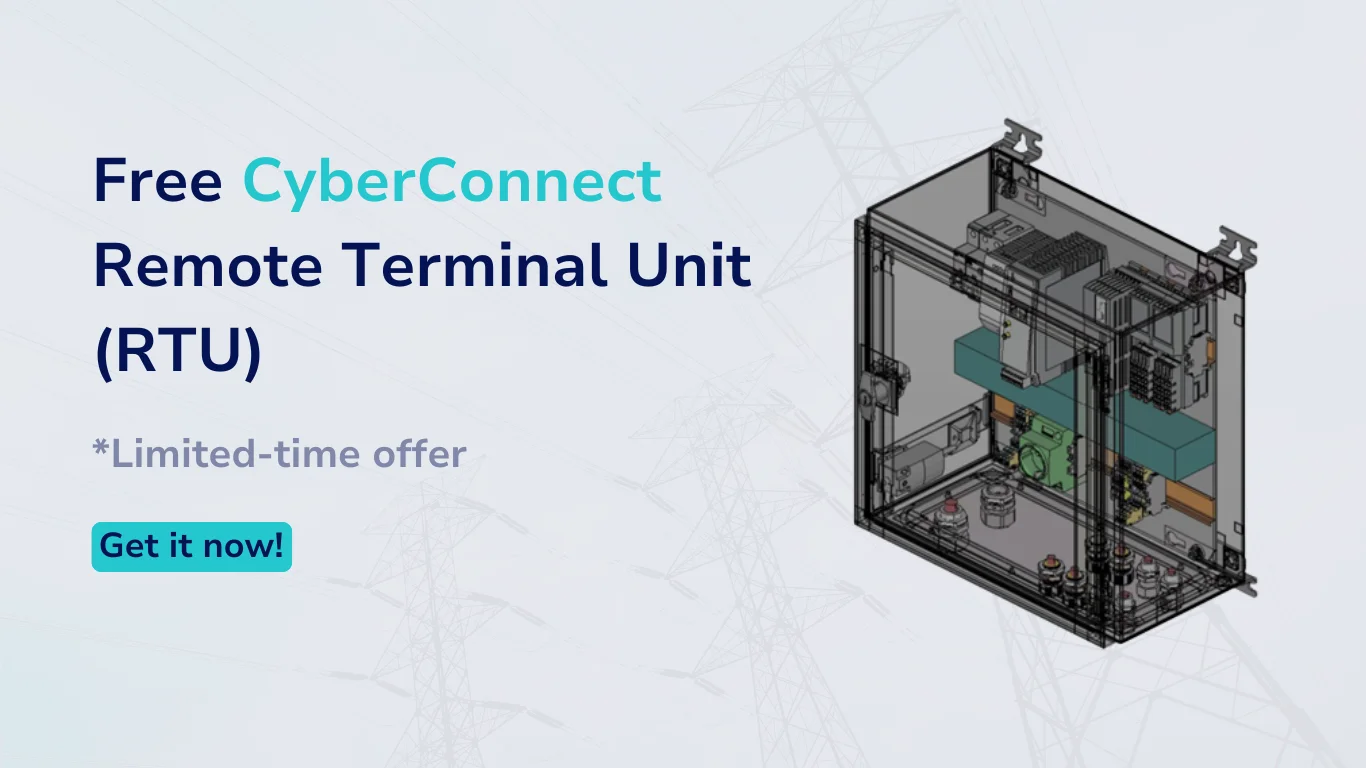Decarbonization and digitalization are concepts that go together when referring to the energy transition. Digital transition is key not only to improve efficiency and reduce operational costs, but also to create new market designs and energy ecosystems that accelerate the energy transition.
Digitalization can bring or enhance innovative tools like sophisticated algorithms and automation, in addition to foster the emergence of prosumers and aggregators. In fact, aggregators can support this transformation of the power system through virtual power plants (VPPs).
Why virtual power plants are key for the integration of renewable energy?
A VPP is a cloud-based network of distributed energy resources (DER) interconnected and pooled together to enhance power generation and trade power in exchange of an economic compensation. These assets or devices can be, inter alia, wind farms, solar PV, batteries, electric vehicles, small-scale hydropower, and combined heat and power.
Therefore, VPPs are integrated into the grid and they can interconnect a wide range of assets thanks to an aggregation software. A virtual power plant can manage and optimize the power of distributed assets through different technological advancements, while maintaining grid stability by combining and coordinating the energy sources according to the necessities of the grid at a given time.
How virtual power plants can address imbalances on the grid?
New technologies are essential to integrate renewable energy and further boost decarbonization. The increasing penetration of large amounts of distributed generation technologies and the rising fluctuations in renewable energy make VPPs key to advance at the right pace and address future demand curves. Intermittent and non-dispatchable outputs like solar PV and wind turbines imply new challenges to the electric grid and the operation of the power system. Flexibility can tackle these fluctuations and uncertainty within the electric power system.
Virtual power plants can offer real-time data and allow market participants to make informed decisions through the efficient allocation of resources. A VPP can provide, for example, ancillary services to stabilize the grid, supply real-time operating reserve capacity, and optimize the production based on market signals. When small assets are aggregated into a VPP, those can provide the same service and offer the same reliability and economic value as other large-scale assets or traditional power plants.
VPPs are aimed at wholesale markets, that is to say, day-ahead and intraday markets. Indeed, there are multiple ways to participate in energy markets through a VPP: it can be used to control unit production, for load reduction, to minimize operational costs, to reduce imbalances originated due to forecast errors, to trade power production, or to provide balancing power when there is peak demand, among others. By trading the aggregated flexibility on multiple power markets and by smartly integrating battery storage, market participants can obtain additional profits. In this sense, a tech-enabled energy future can be led by VPPs through the aggregation of several assets, renewable energy, and flexibility.




